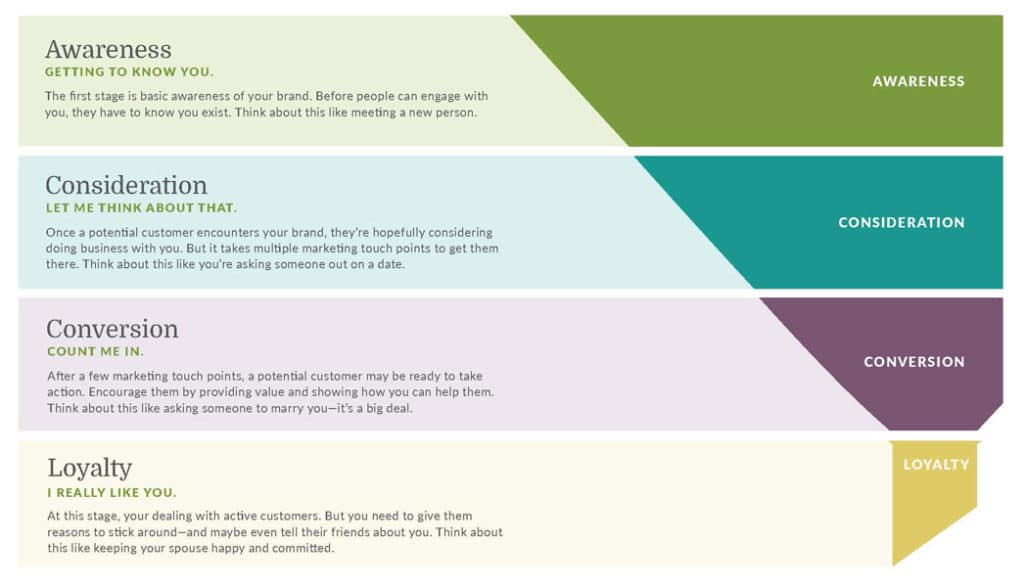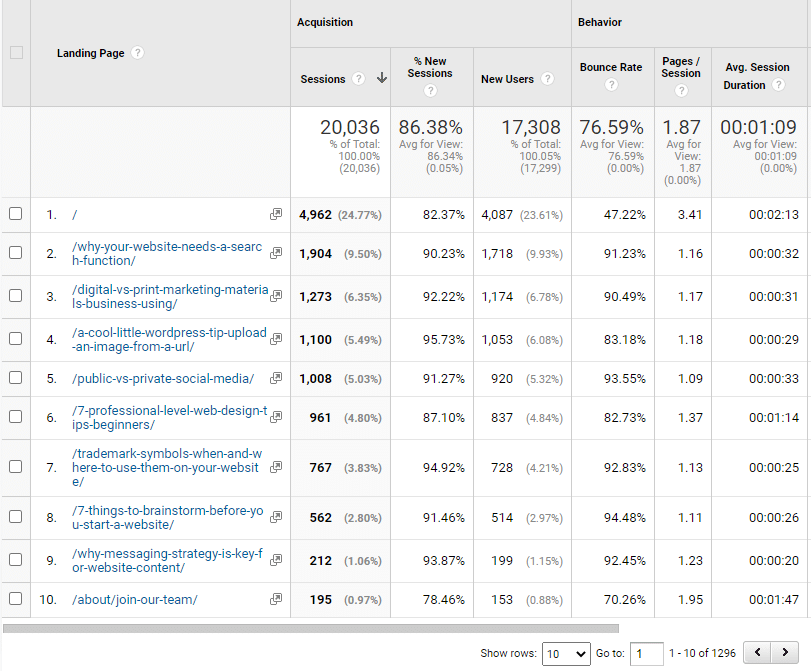If you have a website for your business, you almost certainly have a solid goal for the site. It might be to gain subscribers to your email list, encourage people to reach out to you for more information, or even to purchase a product directly on your site.
Going a bit deeper, though, every page on your site should have a goal as well. Every page on your site should be leading users down some part of your marketing funnel, so take some time to think about the goal for each and every page.

The goal doesn’t have to be some huge achievement; it could be as small as helping users understand one feature of your product, with a call-to-action at the end to learn the next piece. Really, simply having that call-to-action is the key to your goal on many pages.
There are too many sites that have great information, but then leave users hanging at the end of the page without a clear next step. While some users will take the initiative to find out more, it’s always wise to give a clear option for those that aren’t sure.
When we’re developing a website, one of the early phases is to write a brief content outline for each page. Even if you’re past the point of building your site, and you’re already live, taking a few minutes on each page to determine next steps for your visitors and then give them a clear way to move forward will have big dividends.
